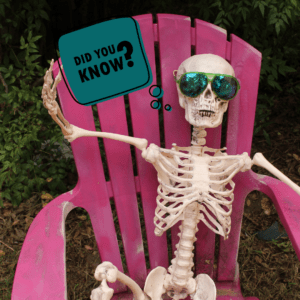There is a difference between rehab and strengthening and this is where a lot of people, client’s and therapists together, get lost. Weather or not it is progressing through a rehab programme, trying to get fitter or improve your general health, it is important to understand the different phases of training so that you do not plateau.
Firstly, let us have a closer look at what strength training is. Strength training is primarily an anaerobic activity, meaning high-intensity workouts completed over short duration’s of 10-120 seconds. It is usually associated with the feeling of ‘burning’ in the muscles you are using.
This is in comparison to aerobic exercises which include variable-intensity workouts completed over longer duration’s such as jogging, walking and swimming.

Strength training commonly uses the principle of progressive overload, in which the muscles are overloaded by attempting to lift at least as much weight as they are capable. They respond by growing larger and stronger. This procedure is repeated with progressively heavier weights as you gain more strength.
Typically, if you are seen at Chiswick Physio, we look at breaking down any rehab programme into 4 stages. Depending on your injury and at what stage you are in the recovery process will depend on what phase you start in below:

The Stages
Phase one: Rehabilitation
In this phase we look to improve active range of motion, mitigate pain and swelling, and introduce exercises that do not compromise healing. During this phase, the elastic resistance band is in its prime! In our exercise prescription the load stays low, but the volume is high. Think 3-4 sets of 10-15 reps.
Phase Two: Strength
Throw away the resistance band and bring out the dumbbells, barbells and machines! At this stage we look to progressively strengthen the injured area. This is where progressive overload with your exercise prescription should be added. The volume should start moderate and slowly drop, while the intensity slowly increases. As an example:
- Week 1-2 of this phase: 3 x 8 reps
- Week 3-4: 3 x 6 reps.
- Week 5-6: 3 x 4 reps
Phase Three: Power
Time to drop the weight but move the bar faster now! Think ballistic training, fast movements, jumping and bounding. In this phase your exercise prescription looks to build global power, i.e. 3-4 sets of 3-5 reps with long rest periods of 3min+ between sets are best for power development. No, sets of 20 box jumps is NOT power training.
Phase Four: Return to activity
From the gym to the garden, during this phase your exercise prescription should be more specific to the skills and activities you are wanting to get back to.

The progressions above should be followed no matter your age, young or old. You should look to slowly add load and challenge the body with more load as you progress through rehab and returning to activity, whether that be playing football on a Sunday or gardening at your allotment.
The classic rehab prescription done for 3 sets x 10 reps to the end of time does not see benefits for long! And if you want to get strong then you need to drop the resistance band at some stage and load the muscles more. This is where a lot of people go wrong and there is often no bridge to cross the gap between rehab and returning to more intense activity.
When properly performed, strength training can provide significant functional benefits and improvement in overall health and well-being. This is discussed in depth by Jake who comes from a strength and conditioning background. I would highly recommend taking a peek at his upcoming blog which will highlight the benefits of strengthening to the body as a whole.





